A Brief History of Coal Hoppers

by David Thompson
To understand the history of the modern coal hopper, we have to start out at the dawn of the steel-car era. In the 1890s, the typical coal car was either a hopper-bottom gondola (flat floors over the trucks) or full-blown hopper cars with sloping floors and horizontal drop doors under the center sill. Sawtooth-style hoppers came into somewhat common use in that decade, with the 35-ton Pennsy GG of 1895 combining the sawtooth hoppers and a sloped floor. About this time, Carnegie Steel was taking some tentative steps toward building steel ore cars for the newly-extended PB≤ and, as things turned out, the Schoen Pressed Steel Car Company ended up as the pioneer of the … Read more




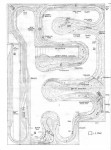
 Bob Helm designed this beautiful double-deck layout which captures every mainline switch from Dante to Elkhorn City on the Clinchfield Railroad. The Railroad begins at Dante, VA with the north half of Dante yard and the engine facilities and travels all the way to Elkhorn City, KY, the CRR’s interchange point with the C&O. The layout includes 6 passing sidings, two major yards, three major coal branches (including the Haysi RR), and more than 20 coal tipples including the huge Moss #1 prep plant.
Bob Helm designed this beautiful double-deck layout which captures every mainline switch from Dante to Elkhorn City on the Clinchfield Railroad. The Railroad begins at Dante, VA with the north half of Dante yard and the engine facilities and travels all the way to Elkhorn City, KY, the CRR’s interchange point with the C&O. The layout includes 6 passing sidings, two major yards, three major coal branches (including the Haysi RR), and more than 20 coal tipples including the huge Moss #1 prep plant.
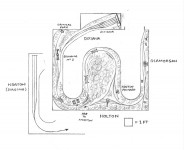
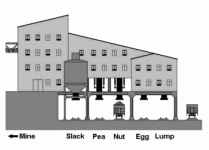
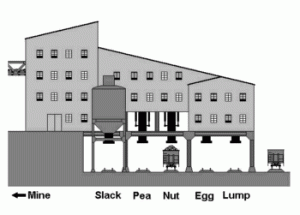
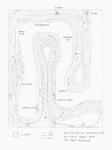
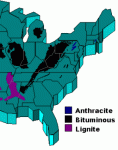

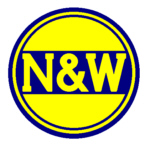 Norton, VA was an important interchange point between three railroads: the L&N, the N&W, and the Interstate (Southern). The large yard was maintained by the N&W, but operated by both the N&W and L&N. Between two and four merchandise trains were exchanged daily between the two, while the rest of the traffic was coal. Until 1973, the L&N interchanged its Clinchfield-bound coal to the Interstate RR at Dorchester Jct (just west of Norton), and the Interstate hauled it to the Clinchfield at Miller Yard. Between 1973 …
Norton, VA was an important interchange point between three railroads: the L&N, the N&W, and the Interstate (Southern). The large yard was maintained by the N&W, but operated by both the N&W and L&N. Between two and four merchandise trains were exchanged daily between the two, while the rest of the traffic was coal. Until 1973, the L&N interchanged its Clinchfield-bound coal to the Interstate RR at Dorchester Jct (just west of Norton), and the Interstate hauled it to the Clinchfield at Miller Yard. Between 1973 … 
 Hagans Switchback is located on the L&N in between Loyall, KY and Appalachia, VA. The original Cumberland Valley Division mainline ran up the poor valley from Cumberland Gap to Appalachia. A major branchline was constructed to Loyall, KY and beyond soon after. With the goal of reaching the Clinchfield RR, the the L&N stretched the Martin’s Fork branch southward from Loyall through the 6,244 foot long Hagans Tunnel. The tunnel exits directly beneath the original CV main, but abruptly ends because of the lack of funds to complete the project. To …
Hagans Switchback is located on the L&N in between Loyall, KY and Appalachia, VA. The original Cumberland Valley Division mainline ran up the poor valley from Cumberland Gap to Appalachia. A major branchline was constructed to Loyall, KY and beyond soon after. With the goal of reaching the Clinchfield RR, the the L&N stretched the Martin’s Fork branch southward from Loyall through the 6,244 foot long Hagans Tunnel. The tunnel exits directly beneath the original CV main, but abruptly ends because of the lack of funds to complete the project. To … 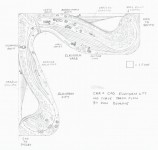
 Read more
Read more